Creating COIN Probing Strategies for Sales Success
By Michael J Griffin
5-minute read
Jeffrey Gitomer says “If you can’t ask good questions, you will never be successful in sales!” Salespeople need not be just good talkers, but good communicators. This means their ability to ask good insightful, relevant questions to listen to the customer is crucial. Most companies train salespeople in product knowledge and basic selling skills but brush over their ability to ask questions/ probes in a structured way to fully understand customer problems, and needs that link to your solutions. Not focusing on developing effective probing strategies can be a lid to your sales team success and meeting revenue targets!
Xerox Learning Systems and later AchieveGlobal taught me how to probe in a respectful, problem-solving way employing open and closed probes. I then mastered the advanced skill of using probing strategies to lead my customers to mutually beneficial decisions to employ products to solve their problems and needs. At ELAvate we have developed a workshop to upskill your salespeople’s ability to probe. In our “Selling Against the Competition” workshop salespeople learn how to develop effective COIN probing strategies for more meaningful business discussions with your customers on how your product supports customer success.
How is the acronym COIN used when developing probing strategies for salespeople?
C = Circumstances of the customer’s situation both internal and external.
O = Opportunities to discover customer problems and needs.
I = Impact of not solving the customer's problem or need.
N = Needs of the customer that are confirmed and not assumed by the salesperson.
The benefits of developing COIN probing strategies are significant:
COIN probing strategies accelerate the communication skills of your salespeople to have fruitful sales meetings with your customers resulting in greater client trust and shorter sales cycles.
COIN probing strategies are an integral part of pre-sales meeting preparation and supports salespeople to have more focus on achieving sales meeting objectives that align with solving customer problems.
Having prepared COIN probing strategies accomplishes direct linkages between selling skills and your product or solution features and benefits.
Constructing COIN probing strategies that navigate your customers to problems that can be solved your product-exclusive features and benefits is a strong competitive advantage. Customers see salespeople as experts who can be trusted.
Involving the sales and marketing teams to collaborate on developing COIN probing strategies creates synergy between marketing and sales that may have been weak or non-existent before this exercise.
There are seven steps to developing effective COIN probing strategies to uncover and satisfy customer needs for each of your product features and associated benefits. Needs usually cluster around finance, performance or productivity, image, order, safety, and service. Let’s review the seven steps of developing COIN probing strategies:
Step One. Determine in your market and customer industries what are the current problems and possible needs your customers want to solve. This process can also be used for a specific customer your salesperson will visit.
Step Two. Identify the impact of the problems and needs found in Step One with a dual focus: what is the negative impact if the customer’s problem is not solved or what is the positive impact for the customer if the problem is solved. The impact will relate to the needs mentioned above.
Step Three. Create a number of open probes to discover the current circumstances the customer is facing. These circumstances can be externally driven or found inside their organization. Increased competition can be an external, whereas, a manufacturing or process problem may be internal, found inside the organization.
Step Four. Develop probes that uncover customer problems or business issues that can be solved by your product solutions. Here the probes are employed to find opportunities to have a collaborative business discussion to jointly analyze customer problems and their causes and then agree they are important. Using probes to identify customer problems does not necessarily mean the customer wants or needs to solve the problem(s) you have discussed.
Step Five. You and the customer have agreed and clarified problems which are opportunities for your product to solve in Step Four. In Step Five, we ask insightful probes to get the customer to see the negative impact of not solving their problem, or, the positive impact of eliminating the problem. Impact probes will have keywords such as impact, effect, implication, results, pay-off, consequence, and ramification to name a few.
Step Six. Here we develop probes to confirm the customer need to solve his/her problem. These are closed probes that show the customer you fully understand and confirm their need for a solution to their problem. When confirming customer needs do not introduce any of your product features or benefits, but focus on restating the customer’s problem and the need to solve it!
Step Seven. This step is not about probing, but identifying the product features and benefits that satisfy the customer’s need to solve a problem that was identified in Step One and uncovered during your sales discussion. By skillfully using COIN probing, your salesperson and their customer can have a mutual agreement on how your product meets their needs to solve problems and support their success.
Big Idea: In competitive situations, identify your exclusive product features and benefits that your competitor does not have and build COIN probing strategies that navigate to your strengths and avoid competitor-exclusive advantages.
Big Idea: customers usually won’t let a salesperson close or advance the sale unless three needs are satisfied by your product feature and benefits. Salespeople need to master much more than one COIN probing strategy to be effective.
I have created a COIN Probing Strategy Template for you to review and learn from. This COIN Probing Strategy is for our Interpersonal Coaching Skills (ICS) workshop.
You can download COIN Probing Strategy template for ICS here.
If you delete my examples found in the template, you then have a Seven-step template for creating your own COIN Probing Strategies for your products and services. Then call your sales and marketing team together to create a custom COIN probing strategy for one of your key products.
Accelerate your sales team performance and success – give them effective COIN probing strategies!
Michael J Griffin
ELAvate CEO and Founder
Sales Productivity Consultant
One who believes in COIN!

